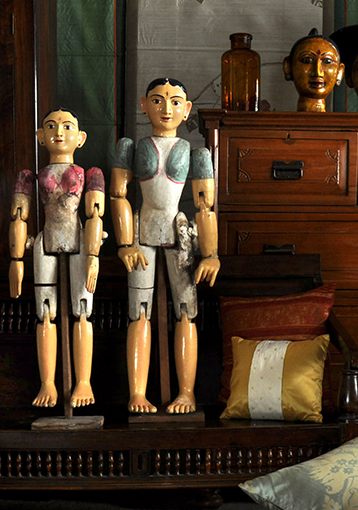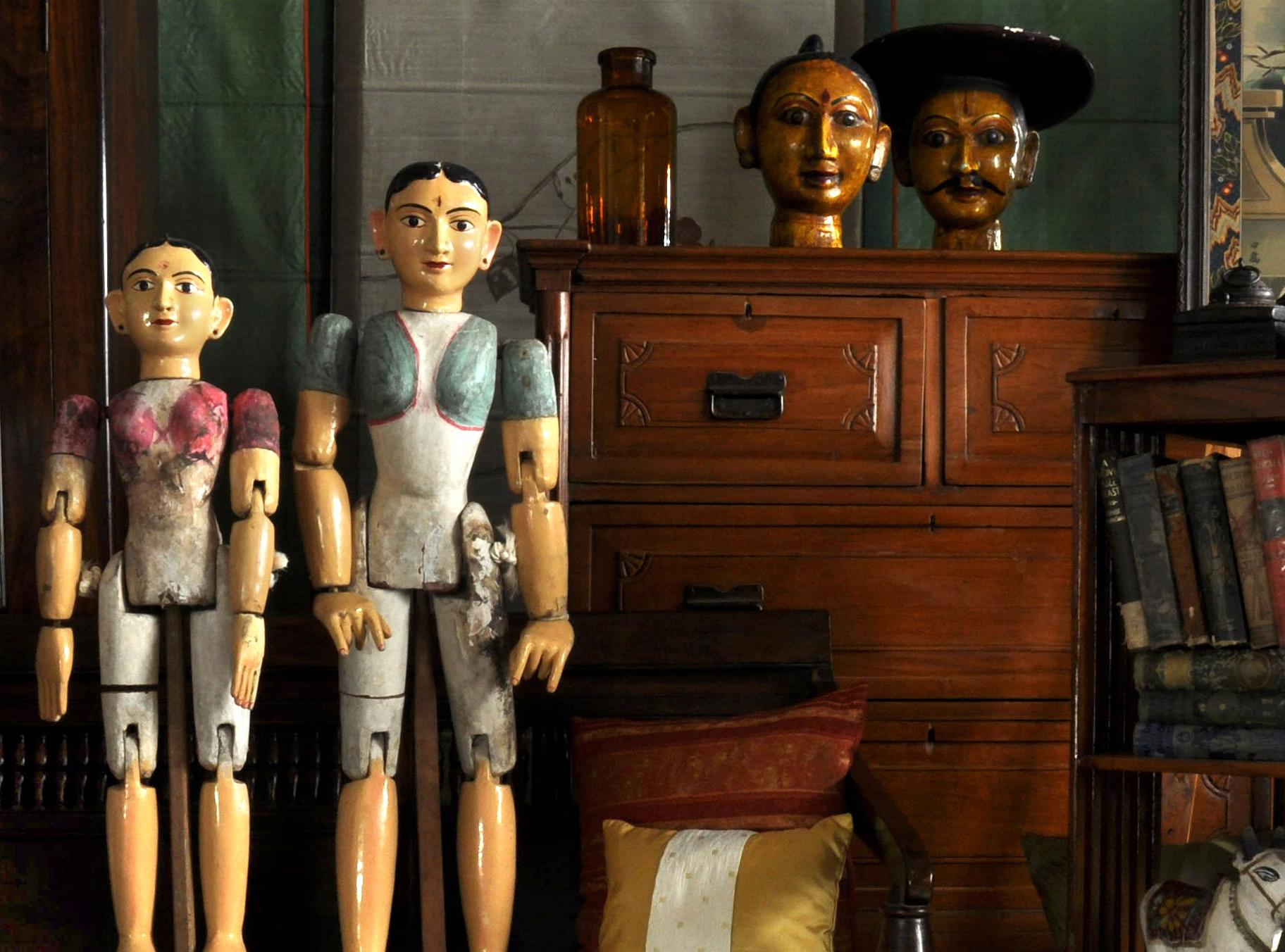- Home
- Deccan Aftaba
Loading...
Deccan Aftaba
All orders are insured for transit.
This item cannot be shipped outside India.
All orders are insured for transit.
This item cannot be shipped outside India.
Details
| Size: | 15 (H) x 10 (W) x 15.5 (D) inches |
| Material: | Brass |
| Origin: | North Karnataka |
Description
The rounded body, which it is thought took its shape from hollowed out melons or gourds that were originally used as water carriers, sits on a circular foot. The ewer has a tapered neck, and a “pleasure dome” lid with a lotus bud shaped finial. The curved handle has two makaras (aquatic mythological animals), one at the top, and thinner one curled at the base. The 'S' shaped spout has another makara at the terminal.
“One of the most characteristic objects of daily life throughout the Islamic world is the ewer…”, says author Mark Zebrowski. Furthermore “in the hot climates of India and the middle east, this water bearing vessel had great importance” both for religious as well as utilitarian purposes and appears often in miniatures, art and architecture. In Deccan and Mughal culture, it is thought that ewers would have been used to pour scented water for guest to wash their hands. The ewer is generally thought to have evolved in Iran and spread to India, but Zebrowski feels there is some evidence that this may have been the other way round. He cites an earlier dated example found in a temple from 1415.
-
Description
Read MoreThe rounded body, which it is thought took its shape from hollowed out melons or gourds that were originally used as water carriers, sits on a circular foot. The ewer has a tapered neck, and a “pleasure dome” lid with a lotus bud shaped finial. The curved handle has two makaras (aquatic mythological animals), one at the top, and thinner one curled at the base. The 'S' shaped spout has another makara at the terminal.
“One of the most characteristic objects of daily life throughout the Islamic world is the ewer…”, says author Mark Zebrowski. Furthermore “in the hot climates of India and the middle east, this water bearing vessel had great importance” both for religious as well as utilitarian purposes and appears often in miniatures, art and architecture. In Deccan and Mughal culture, it is thought that ewers would have been used to pour scented water for guest to wash their hands. The ewer is generally thought to have evolved in Iran and spread to India, but Zebrowski feels there is some evidence that this may have been the other way round. He cites an earlier dated example found in a temple from 1415.
-
Details
Size: 15 (H) x 10 (W) x 15.5 (D) inches Material: Brass Origin: North Karnataka -
Returns
We accept returns within 7 days of delivery if the item reaches you in damaged condition. -
Shipping
Shipping costs are extra, and will be calculated based on the shipping address.All orders are insured for transit.
This item cannot be shipped outside India.
This item has been added to your shopping cart.
You can continue browsing
or proceed to checkout and pay for your purchase.
This item has been added to your
shopping cart.
You can continue browsing
or proceed to checkout and pay for
your purchase.
This item has been added to your wish list.
You can continue browsing or visit your Wish List page.
Are you sure you want to delete this item from your Wish List?
Are you sure you want to delete this
item from your Wish List?


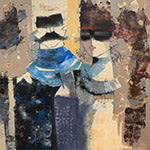
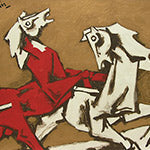
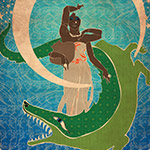
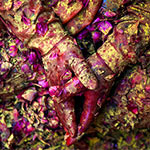
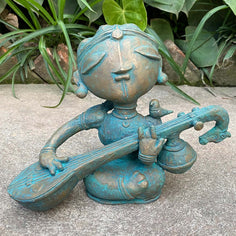

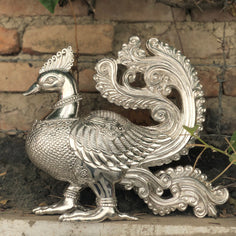
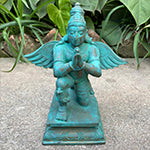
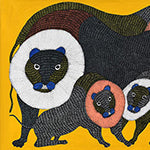
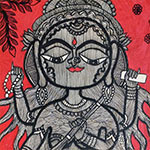
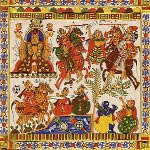
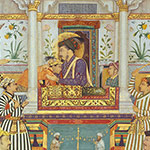
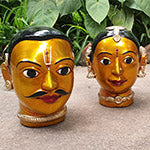

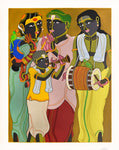
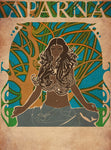
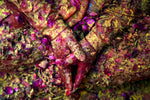
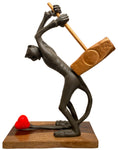
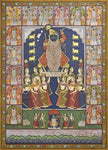
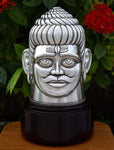



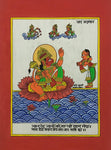
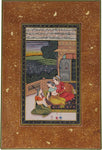
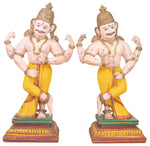
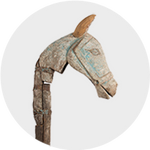
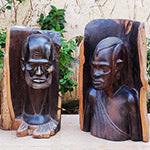
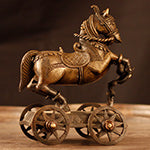
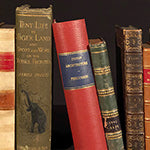
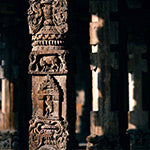
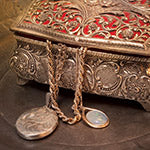
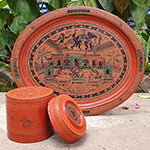
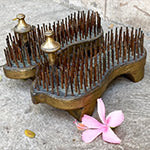
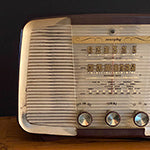
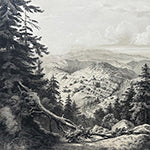
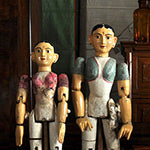
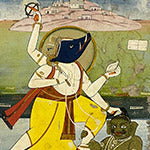
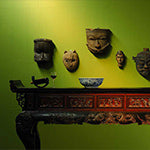
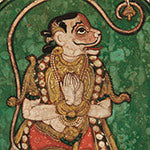

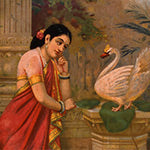
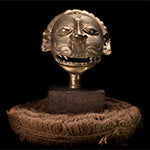
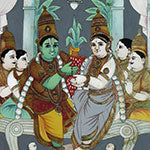
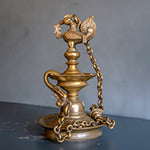
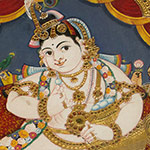
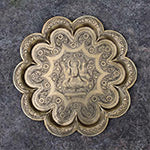
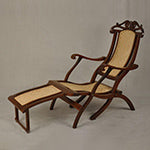
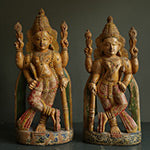


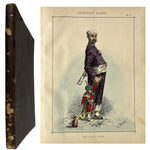

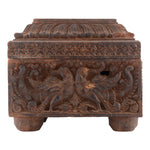
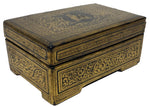
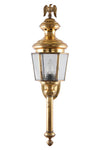

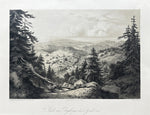


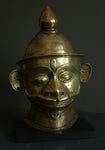
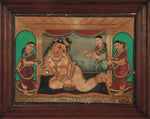
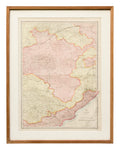
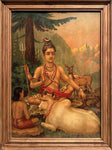

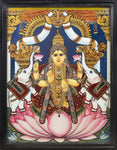

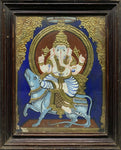
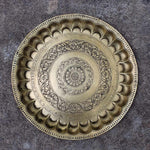
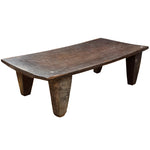
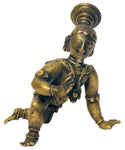


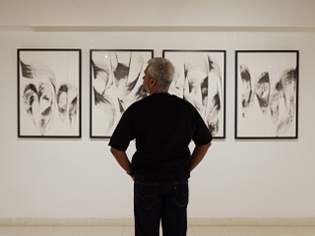

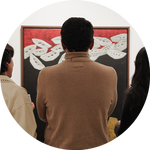
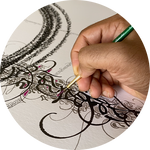




 View Full Screen
View Full Screen

